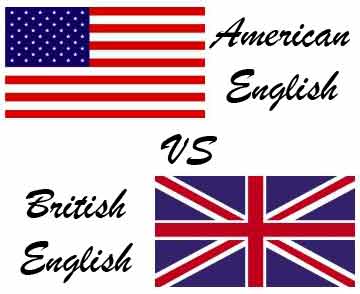
Because of the vast number of English speakers throughout the world, English has important implications for the public relations specialist. According to one French translator in Houston, one of the most important implications includes the differences between American English and British English. International English consists of an assortment of different accents, dialects, catchphrases and slogans combined with lexical and terminology differences. Less than one in seven Americans are capable of reading an entire newspaper article that was written is a different language.
Language plays an important role in the communications process and the variations in usage and style between U.S. English and U.K. English should be understood by public relations and certified translation professionals. As most English speakers know, U.S. English differs from U.K. English in expression, terminology and, spelling, grammar punctuation and more. Because common phrases in the U.K. are unknown in the U.S., it’s strongly encouraged that press releases, brochures, articles and other printed communication be targeted for the U.S. using proper US style.
Public Relations professionals such as Amy Cartwright, who work in one of General Electric’s Marketing departments, believes that companies should release separate communications for the U.S. and U.K. English speaking markets because of the vast differences. She emphasizes the importance particularly when it comes to financial news release, where financial terms in the U.S. can sometimes mean something completely different in the U.K. There is a growing trend for companies to offer website translations in both British and U.S. English. So the advice is that when developing a communication piece in English for the U.K. and U.S. markets, it’s better to have two different pieces. One piece should be localized for the U.S. market and the other for the U.K. market. Never let language get in the way of the message. It is always best to have a native speaker localize the text so that all of the nuances and subtleties are caught.
